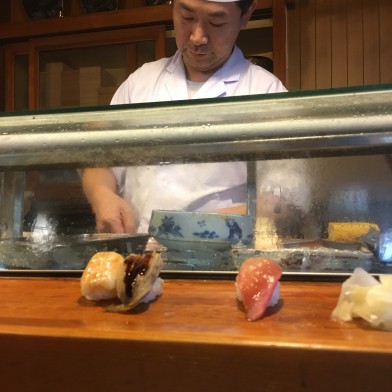Former Asia Media Centre intern, Natalie Pham, recently finished her journalism degree at the University of Canterbury. In a series for AMC, Pham got onto the Wellington streets in search of quirky Asia-related stories. Here, she uncovers Burmese cuisine in the capital.
For the co-owner Marlar Boon, Mabel’s is more than just a Burmese restaurant offering the best tea-leaf salad.
It’s an attempt to honour the legacy of her grandmother Mabel – the owner of New Zealand’s first Burmese restaurant. Opened in 1977, Monsoon quickly built its reputation as a go-to authentic Burmese curry restaurant among many Wellingtonians.
The eponymous Mabel. Mabel came to New Zealand from Myanmar and opened Wellington's first Burmese restaurant. Image: Supplied
The success of Monsoon was against all odds as there were only one or two Asian restaurants in the city at the time. Along with her family and friends, Mabel ran Monsoon for a decade before closing it due to retirement.
Her grandmother passed away when Boon was 12, but Boon still remembers the memory of being in the kitchen with her grandmother vividly. “I would hold onto her Burmese longyi while she was frying food to fundraise for the community,” she says. Those memories stay with her until today.
To keep her inspired, Boon would carry photos of her family and her grandmother to Mabel’s construction. “This is my grandmother,” she points. “And this was her restaurant.”
Mabel’s is a collection of heritage and family. The handmade curtain – a remembrance of her uncle - is located right in the middle of the dining room. Each checkered and striped patch was digitally recreated after his longyi fabric, then customised to match the dimension of the restaurant’s shelving before being weaved. Before passing away earlier this year, Boon’s uncle would often give his longyi fabric to her to make clothes for her children.
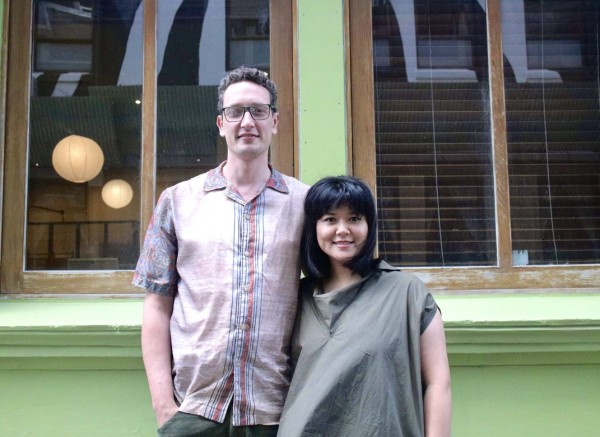
Marlar Boon (right) and her husband Ian opened the Burmese restaurant Mabel's in honour of Marlar's grandmother. Image: Supplied
“We were really close because he helped raise me,” Boon says. “My uncle was really pushing and advocating for us to do this restaurant, so it was important for me to just know that he was here with us.”
From the replica of Monsoon’s lamps to the exterior – a green brick building on Tory St, which reminiscences the colonial-style building in Myanmar – everything at Mabel’s was presented with two purposes: to recreate Monsoon and to deliver a genuine Burmese dining experience. “We also try to be genuine with the food,” Boon says. “In many cuisines, you’ll find struggles with finding the ingredients for the dishes. So, we have to be pragmatic and realistic about what ingredients are available.”
Boon describes Burmese cuisine as a blend of prominent elements in the neighbouring cultures of Thailand, India, and China. However, the interpretation of the dishes varies among the ethnic tribes within Myanmar. For some tribes, she says, their version of Burmese national noodle soup Mohinga can be spicier than others.
However, what makes Myanmar special is Lahpet – edible fermented green tea leaf. 2000 years ago, Lahpet was a symbolic peace offering in ancient Myanmar, and today it is consumed daily by everyone in the country. The young, harvested leaves are steamed and drained before being packed into clay pots and then pressed by heavy weights. After months of fermentation, with some modifications to the taste, laphet will be ready to serve.
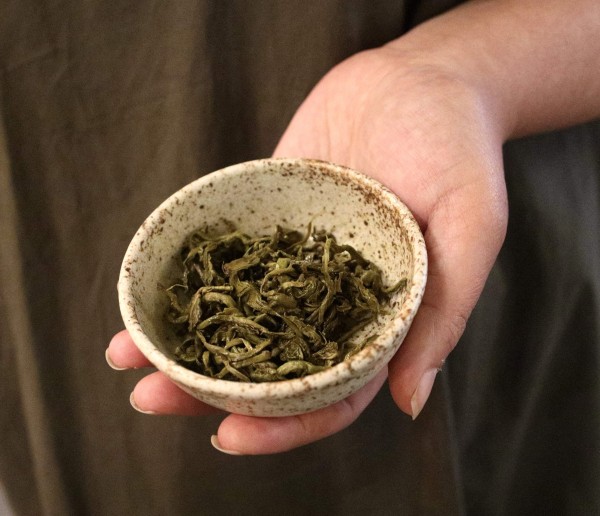
Laphet comes from Myanmar and is made from fermented tea leaves. Image: Supplied
The mildly and tingly sensation of the fermented lea leaves, Boon says, goes perfectly with salad. “We also have it in other dishes like curry, so it was important for us to source it in a sustainable way – like knowing where it’s from and how it was harvested.”
Despite growing up in a Burmese household, she never learned how to cook Burmese food until her firstborn. “It was really important for us to show our sons who they are, so we eat and cook a lot of Burmese food at home. Also, for them, to have some pride in what we do,” she says.
Her journey began with reading cookbooks and online recipes, then experimenting with ingredients to replicate the taste from her childhood memories. Boon would also bounce ideas with her mother and learn from others in the community whenever she could.
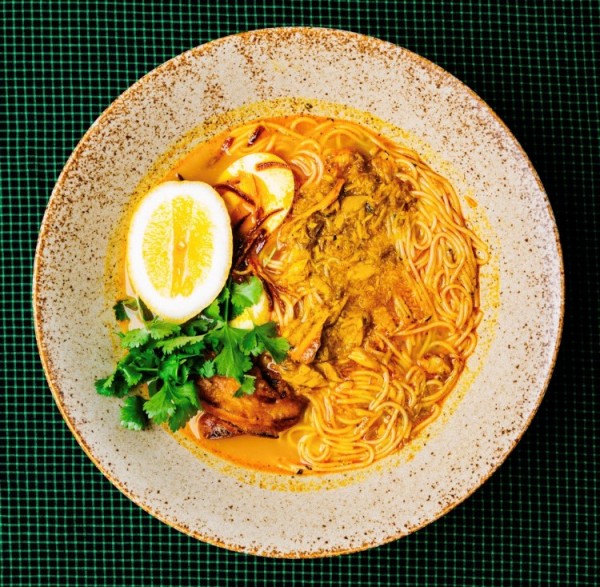
Mohinga, served at Mabel's, is a rice noodle and fish soup from Myanmar. It's often considered as the national dish of Myanmar. Image: Supplied
She cooked more Burmese food at home, and more ambitiously. After their trip to Myanmar last year, Boon and her husband Ian Boon decided to bring their experiences to Wellington. “We want to bring something unique and different to the Wellington hospitality scene,” she says. “And we also want to raise awareness of different cultures and minorities that don’t have platforms.”
This year Mabel’s partnered with local bars and caterers to run pop-ups, and the support from the community exceeded their expectations. At their first pop-up, they could not seat people for four hours. “We’re lucky to have so many friends and people, who back us and support what we want to do,” Boon says.
To complement the diverse menu, Ian and his business partner Dan had designed a playful drink list laced with Southeast Asian flavours. “There’ll be cocktails that be based on flavours like lemongrass and tea,” Ian Boon says. With experiences of running the beloved café-bar Crumpet, the pairs also looked at making their own beer and gin for Mabel’s.
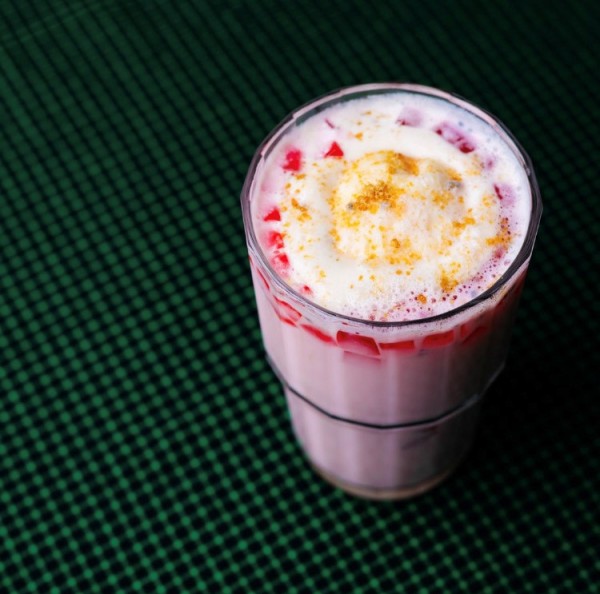
Falooda is a dessert dish made with ice cream, rose syrup and vermicelli - variations on the dessert are found across Asia. Image/Supplied
“The beer is supposed to be refreshing like those Southeast Asian beers that you can easily find in all of Southeast Asia,” Marlar says.
- Asia Media Centre
